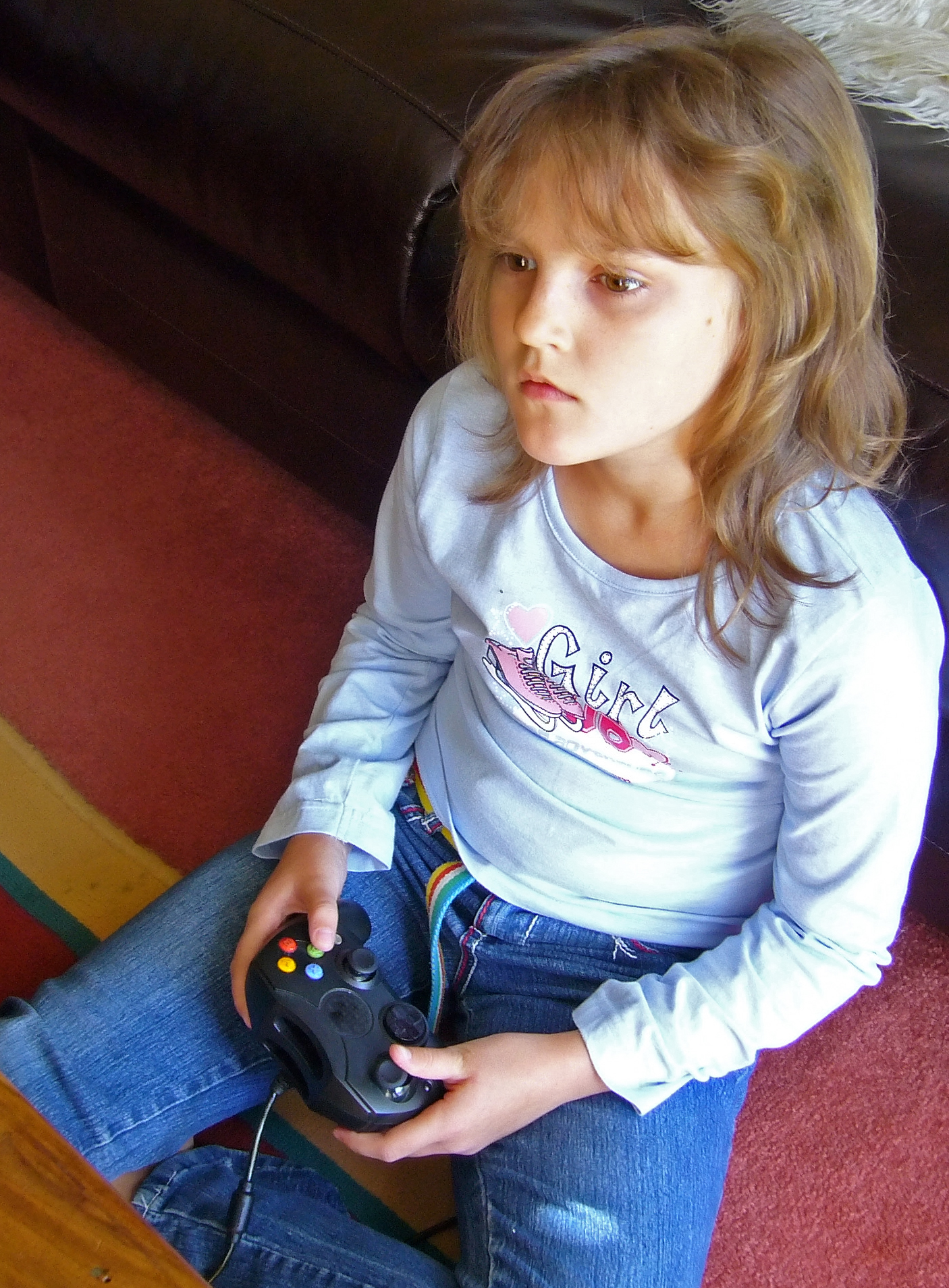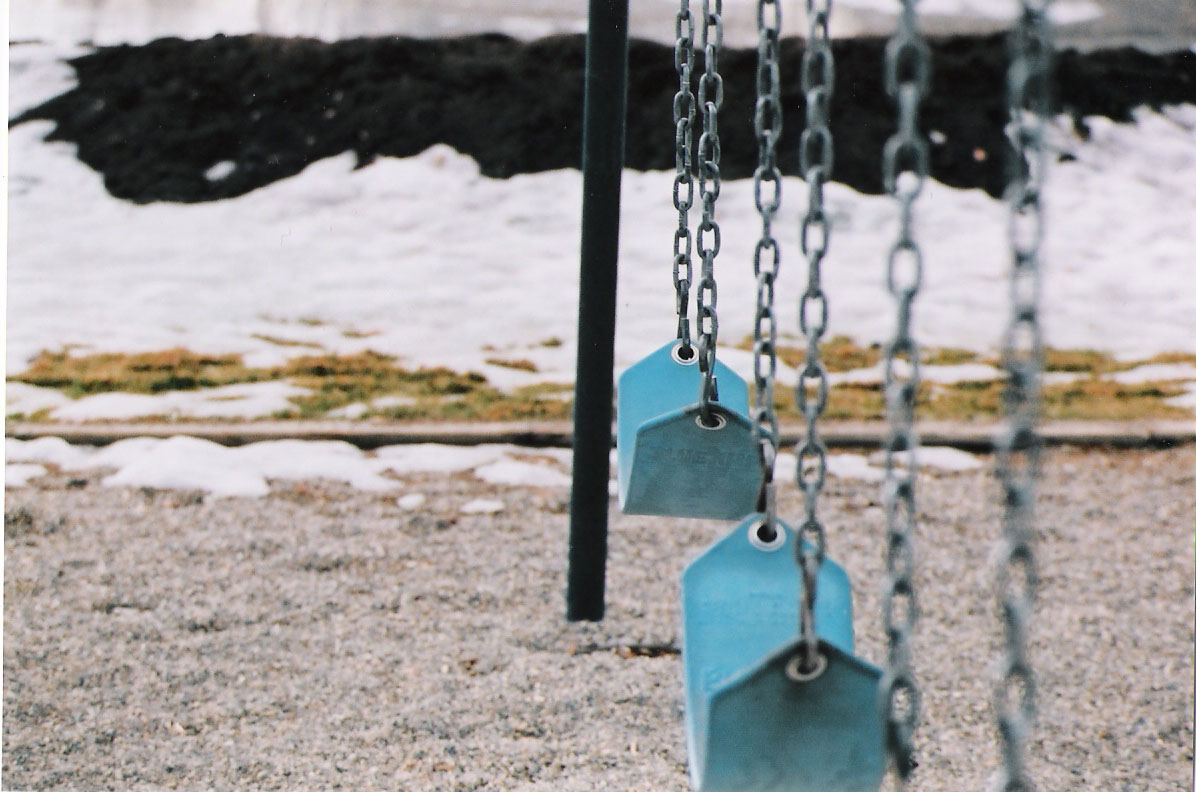Zonein.ca – A Wealth of Information on Children and Technology
 Chris Rowan’s years of experience working with children in schools as a pediatric occupational therapist and child development expert led her to question the effects of technology use on children. The Zonein.ca website offers a range of information, reading material, and videos, as well as specially-designed program material for sale. Chris’ book, Virtual Child, reviews research on the impact of technology on child physical, mental, social, and academic domains. The book was designed to guide education and health professionals regarding safe technology usage. It contains numerous team-based strategies to assist parents, child education professionals, and technology producers for child markets in better managing the balance between technology use and healthy activity.
Chris Rowan’s years of experience working with children in schools as a pediatric occupational therapist and child development expert led her to question the effects of technology use on children. The Zonein.ca website offers a range of information, reading material, and videos, as well as specially-designed program material for sale. Chris’ book, Virtual Child, reviews research on the impact of technology on child physical, mental, social, and academic domains. The book was designed to guide education and health professionals regarding safe technology usage. It contains numerous team-based strategies to assist parents, child education professionals, and technology producers for child markets in better managing the balance between technology use and healthy activity.
“Children now use an average 8 hours per day of entertainment technology with profound impact on their physical, mental, social and academic development. One third of North American children enter school developmentally delayed, and child obesity is now a national epidemic. One in six children has a diagnosed mental illness, with child aggression and unmanageable behaviour increasingly the norm. One in six children cannot pay attention and require learning assistance. With research now showing causal links between physical, mental, social and academic disorders in children who overuse technology, schools and homes continue to escalate unrestricted use.”
In her book, Chris argues that “Movement, touch and human connection – necessary for sensory, motor and attachment development, have taken a back seat to television, internet, video games, cell phones, and movies. Chaotic, sedentary and detached, today’s parents are failing to provide their children with essential activities that build developmental foundations. Parental fears keep children indoors, ‘safe’ from any activity that might be perceived to be dangerous…School ‘zero tolerance’ policies, as well as increased use of stimulant medication and ‘safe’ rooms,” she suggests are symptoms of a greater problem.

Chris’ experience has lead her to recommend learning printing skills as a foundation skill for literacy, and she and her team have developed a wide range of activities for use by teachers, parents and children together to develop the skills necessary to improve health outcomes and increase confidence, while reducing dependency on technology and placing value on imagination and creativity. They have also developed tools and techniques to help children attain optimal body energy states for self-regulation, attention and learning for grades K-6.
A recent article on Chris’ blog page (November 25, 2013) is on the topic of Technology and Spirituality: Education Advancements in First Nations Communities. Over the past year, Chris has been funded by Vancouver Coastal Health to deliver her Foundation Series Workshops in four First Nations communities. She says, “this past year I was allowed the opportunity to gather together and have many conversations with literally hundreds of First Nations children, youth, parents, elders, caregivers, and workers from health, education, and social sectors. While there to offer foundational information about ways to enhance child development and learning, my workshops transformed into a process of information exchange, morphing into rich dialogue containing dreams, hopes and visions for future First Nations children and youth.”
When asked the question, “What could there be in your community that would make you put down the tech, and go outside and play?’ All ages of children and youth resoundingly said ‘swings’ in answer to my question, and went on to talk about how there is nothing for them to do outside, and how the play and gathering spaces are either non-existent, dilapidated, or did not contain engaging or ‘’fun’ equipment. Children wanted higher, faster, and more physically challenging equipment, and suggested a variety of swings and slides, spider net climbing frames, parallel and ladder poles, merry-go-rounds, spring devices, platform floats with slides for swimming in summer, and cement course to accommodate bikes, skateboards, and a water park. Youth requested forest bike trails to destination places such as covered fire pit or picnic areas, basketball nets, volleyball court, street hockey court, skateboard park, outdoor gym equipment … and a variety of pipe/bar formations.”

While “many parents reported they had no idea of the perils associated with technology overuse by children, especially in the area of the impact of video gaming on child aggression”, parents had concerns about outdoor safety for their children, especially in rural areas with extensive wildlife. “When asked “What could there be in your community that would make you put down the tech and go outside WITH your children?’ parents responded that there is nothing for them to do outside, there is nowhere to sit, it’s raining all the time and they get wet, and there is no one to talk to.”
In speaking with Elders, “The elders who attended the workshops spoke of their concerns regarding technology overuse by both their children who are now adults, and their grandchildren….The elders in one community talked about how when they were children there used to be organized activities at night, held in the local hall or church, attended by all the families in the village where families would come together to do crafts, eat, dance, and do sport-type activities. The elders spoke about how their time in the residential schools deprived them of any type of play activities, and that they as a result didn’t know how to play with their children, nor their grandchildren.”
Talking with educators, “Daycare, pre-school and school staff reported they had not understood the importance of movement and nature on enhancing development, literacy, and learning, and immediately started to take their children outside to play on a more regular basis. Staff appeared especially interested in the use of proprioceptive (muscle contraction), vestibular (movement off centre), and tactile (deep pressure) stimulation to improve core stability and motor coordination for eventual printing and reading, to calm anxiety and optimize attention and learning ability, as well as to act as an ‘energy dump’ for pent up energy that often results in problematic behaviour.”
“Information provided in the area of managing balance between critical factors for child development and learning, with technology use, was new information for the majority of health providers. In three of the four communities, decisions were made by health providers to enact an initiative called Crash-N-Bump, which is a program designed to enhance sensory, motor and attachment development for children ages 0-10 years” This program consists of two bouncy castles and a variety of suspended equipment. “Crash-N-Bump is currently being expanded to the 10-18 year youth population due to demand from youth for this type of activity.”
Visit http://www.zonein.ca/ to access a wide range of resources that may be helpful to your program.
